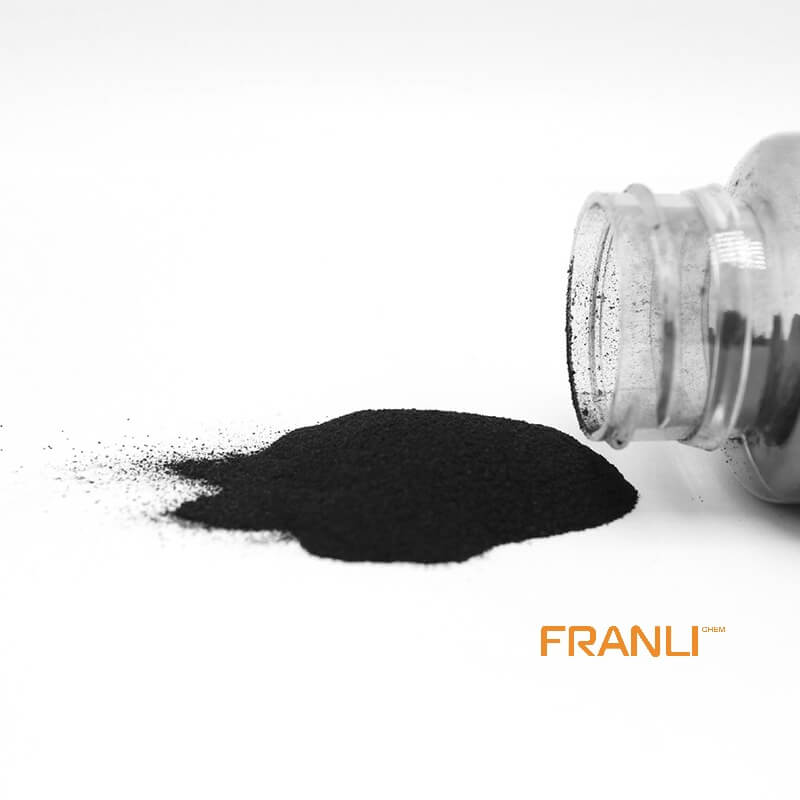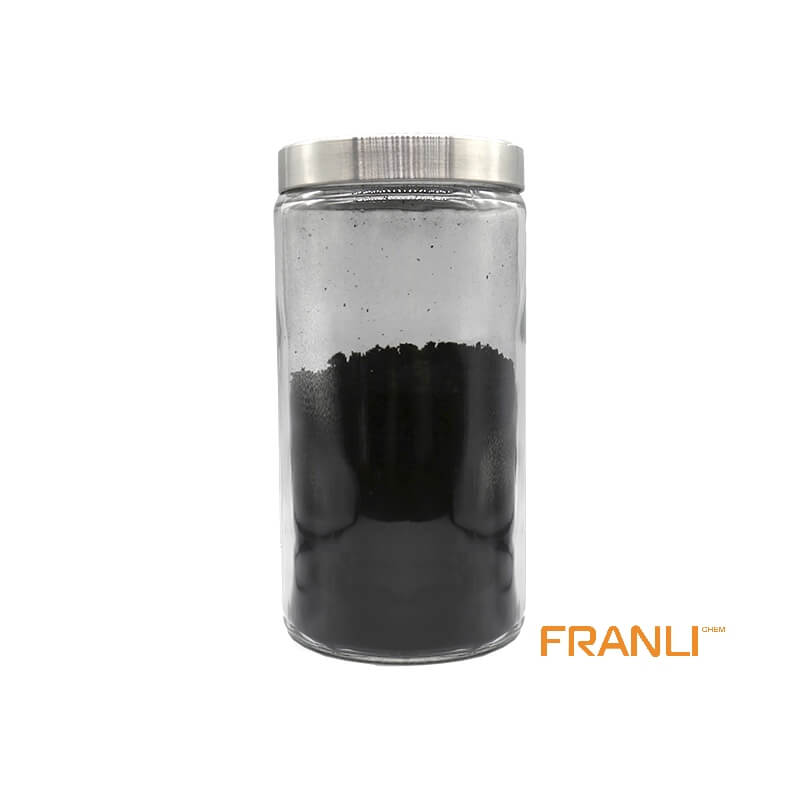

Graphene
Size
1-2nm thick x 0.5-5microns wide
Package
According to customer requirements
Features
High strength, high electrical conductivity, etc.
Application
Can be used as filler(between 0.01% and 5%).
Graphene, as the thinnest, toughest and best conductive nano material found at present. It is a two-dimensional crystal composed of carbon atoms stripped from graphite material with only one layer of atom thickness. Known as “black gold”, it is “the king of new materials”. Scientists even predicted that graphene “will completely change the 21st century”.
Request a quoteThe application of batteries is very extensive, and graphite is inseparable. Among them, artificial graphite and graphene are used in the manufacture of electrodes.
Artificial graphite, as the name suggests, is graphite made by artificial methods. There are many ways to make artificial graphite, common is to burn petroleum coke with the main raw material is a powdered high-quality calcined petroleum coke, in which asphalt is added as a binder, and a small amount of other excipients is added. After the various raw materials are well combined, they are pressed into shape, and then processed in a non-oxidizing atmosphere of 2500 ~ 3000 °C to make it graphitized.

Artificial graphite electrodes
Mainly petroleum coke, needle coke as raw materials, coal asphalt as a binder, through calcination, ingredients, kneading, pressing, roasting, graphitization, machining and made, is in the form of arc in the electric arc furnace to release electric energy to heat and melt the conductor, according to its quality indicators, can be divided into ordinary power, high power and ultra-high power. Graphite electrodes include:
(1)Ordinary power graphite electrode. It is allowed to use graphite electrodes with a current density of less than 17A/cm2, and is mainly used for ordinary power electric furnaces for steelmaking, silicon, yellow phosphorus smelting, etc.
(2) Anti-oxidation coated graphite electrode. The surface is coated with a layer of anti-oxidation protective layer of graphite electrodes, forming a protective layer that can both conduct electricity and resist high temperature oxidation, reducing electrode
(3) High power graphite electrode. Graphite electrodes with a current density of 18~25A/cm2 are allowed, mainly used for high-power electric arc furnaces for steelmaking.
(4) Ultra-high power graphite electrode. Graphite electrodes with a current density greater than 25A/cm2 are allowed. Mainly used in ultra-high power steelmaking electric arc furnace.
Advantages of graphene batteries
Graphene is equipped with many excellent properties, such as:
①Graphene helps to clean the battery
②Graphene can reduce the impact of battery use on the environment
③The structure of graphene battery technology is similar to that of conventional batteries, it has two electrodes and an electrolyte solution to facilitate ion transfer. The main difference between solid-state batteries and graphene batteries is the composition of one or both electrodes. Changes occur primarily at the cathode, but carbon allotropes can also be utilized at the anode.

The role of graphene in batteries
Graphene is seem as “future material”, which is suitable for various fieds.
①Graphene is gradually being used in research fields. At present, the research mainly focuses on the fields of nanoelectronic devices, transparent thin film electrodes and composite material reinforcement. Among them, graphene research is the most extensive and in-depth in electrical properties. Since graphene has a high specific surface area and excellent electron transport properties, it can effectively improve the conductivity of the cathode material and improve the diffusion and transport capabilities of lithium ions. Graphene is used in cathode materials and research is mainly focused on compounding with other anode materials to further improve its performance.
②Graphene works in two ways in electrodes, one as a support and the other as a composite/hybrid material. As a support material, graphene helps keep metal ions in order, which often helps improve electrode efficiency. As a composite material in electrodes, graphene plays a different role because they are usually more involved in the promotion of the charge itself, while its high conductivity and good structure are crucial for improving its non-graphene predecessors important.
③ Graphene is used in some fuel cells to help promote the oxidation of methanol. Graphene oxide has good dispersion, large surface area, and high electrical conductivity (when reduced), so the integration of graphene into composite materials used in fuel cells can improve device integrity and efficiency.
Graphene-based batteries are rapidly becoming comparable to conventional solid-state batteries in terms of efficiency. As global energy demand continues to grow, improving energy storage while reducing the negative environmental impacts associated with consumer battery usage is a noble goal and one that is underscored in support.
Franli’s factory can offer high-quality graphene and artificial graphite. It is an ideal choice for batteries with similar efficiencies. Having gained huge traction in the domestic and foreign commercial markets in recent years, it will not be long before graphene-based batteries become the standard and solid-state batteries are phased out.



